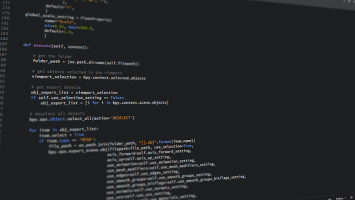When you are working with an advanced programming language, learning short-cuts can be really helpful. In Python course online, you will learn hundreds of cods in a week, and retaining them may not be an easy task. Here is a Python Cheat Sheet and Guide blog that will help you crack the coding puzzles in 10 minutes flat!
Let’s start with the Python basic glossary. It’s an unending process- but at least we have made a start here.
“>>>” is the default Python prompt symbol in the interactive shell that can be executed instantly in the editor/interpreter.
An ‘argument’ is that small extra set of information that the machine uses to perform commands. “Assignment” is the process of providing a value to the variable.
A “block” is the section of code which is grouped together; a “break” is used to exit a ‘For/While’ loop.
A ‘compiler’ is the set of program that translates highly advanced language into a lower class language. ‘Continue’ is used to continue the current ‘bocl’ and return the For-While statement.A conditional statement is any statement that contains ‘If-Else’ in the block.
Docstring is a string of literal commends that occur as the primitive/primary statement in a function or class. Debugging is the process of removing and editing programming errors that hamper results. “interactive mode” is the process when commands are read from a tty in an interactive format. ‘interpret’ uses to execute a program by translation one line at a time within ‘IPython’ – which is the interactive shell for interactive computing.
Pythonic is an info-idea built using a piece, closely following the most common idioms of the Python language, rather than implementing code using concepts common to other languages.
“Garbage collection” is the activated process of freeing memory when it is not used anymore and not necessarily during debugging only.
“Sting” in Python language is a sequence of characters that are data-derived in immutable format. Replace, Join and Split modify strings, delimiting through single or double quote characters. In simple language, whenever you put a series of characters inside the single or double quotes, Python will export your command outside the code. In Python’s advanced learning, you can learn to concatenate of strings and casting to a different variable.
Numeric types in Python are int, long, float and complex. Applying ( ) to a numeric value creates an instance of calling numerical type in Python.
Using these basic glossary items in Python Course, you can start practicing with the reading files, Strings, Numeric Types, and Mathematical Operations, Lists and Dictionaries, Modules and Functions, Boolean Comparisons, Statements, and Loops. There are many more that we will keep updating for you.

